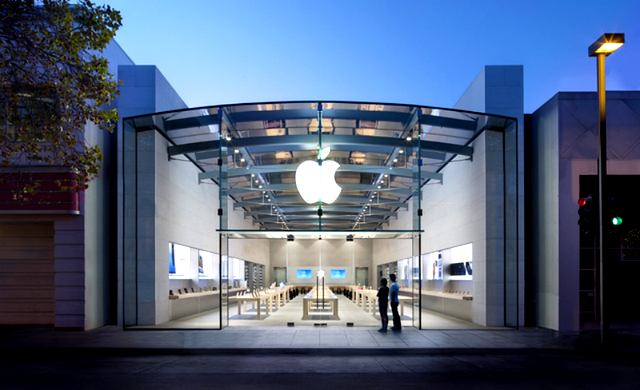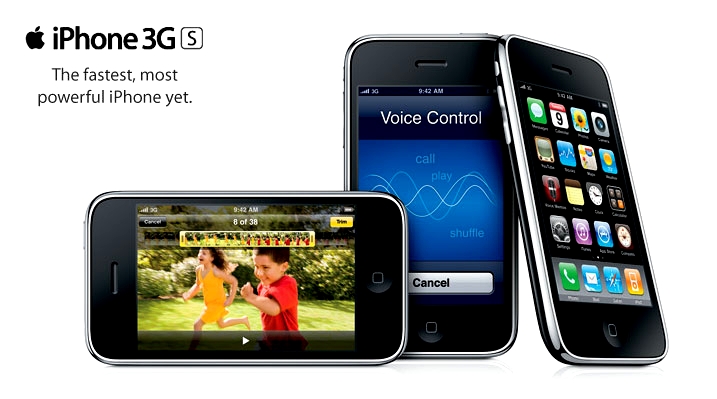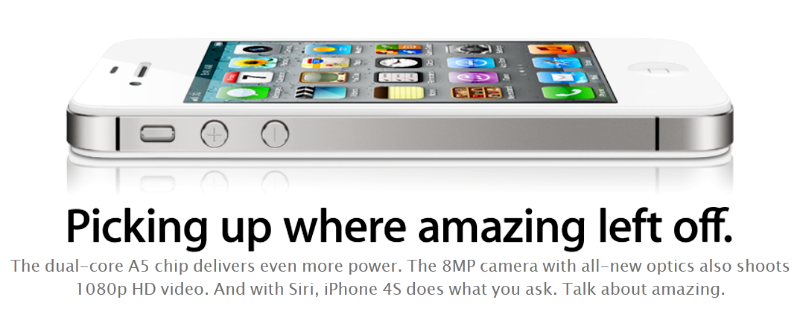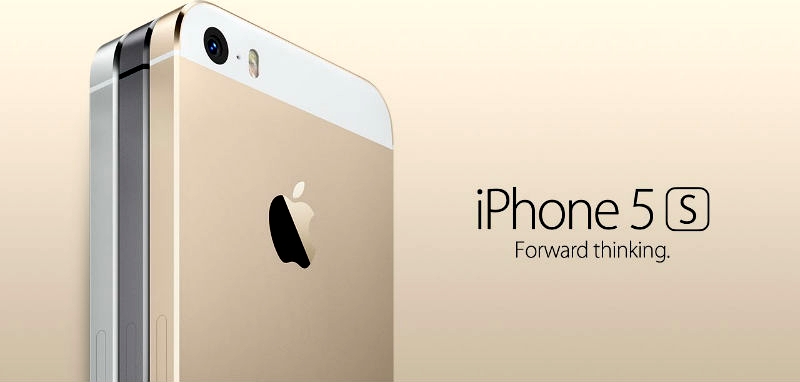How Apple's iPhone language has evolved over the years

Over the years, Apple has become well known for its tight control of the message in new product launches. Increasingly, one word or concept has become a signature that is carefully woven throughout the keynote, press and marketing material.
Here is a look at some of the language used for each iPhone launch since 2007 and how we can learn from what Apple is really good at; controlling the message.
2007 iPhone -- "Revolutionary"
The first iPhone was simply billed as "revolutionary" which, looking back, is a fairly reasonable claim. It was the first multi-touch screen phone that completely did away with a physical keypad. It was also the first phone to introduce apps, one of the biggest game changers of the tech industry in the noughties.
2008 iPhone 3G -- "Twice as fast for half the price"
I guess just saying "cheaper" would have been a bit crass. It's interesting to see how after its first "revolutionary" launch, Apple rested on its laurels a bit while everyone played catch up. Faster and cheaper was enough. Apple was well ahead of the game with the introduction of the fast 3G network and the third party App Store, so this slogan said all it needed to for the moment.
2009 iPhone 3Gs -- "The fastest, most powerful iPhone yet"
Web pages? Faster. Launch applications? Faster. View email attachments? Faster. Apparently, the new iPhone 3GS was pretty much the same, but faster. Fair to say Apple had been focused on readying the iPad, which would launch 6 months later and revolutionize the meaning of 'tablet'.

However, faster came at some cost -- all this power caused a number of users to report overheating of the device with heavy use and discoloration due to heat. Many people didn't see the point of the new hardware as it was not dramatically different to look at, so they just took the software update and waited for something a bit more "revolutionary".
2010 iPhone 4 -- "This changes everything. Again"
With Android gaining ground and Microsoft launching Windows Phone, the competition in 2010 had grown a lot stiffer. It was time for an overhaul: rebooting the line-up by swapping the curved edges for more austere clean lines and sharp edges. Although the redesigned aluminum case interfered with the phone signal, which did cast a shadow over the launch, the new aesthetic was well received.
"In so many ways, it's a first" was a hint at Apple's new competition and feeling the need to define or reinforce its individuality as Apple has so famously done for all of its products. The iPhone 4 launch also introduced the line "the biggest thing to happen to iPhone since iPhone", which then became the headline for the iPhone 5.
2011 iPhone 4s -- "Picking up where amazing left off"
"Amazing" was the key word of 2011, introducing Siri, the personal assistant and arguably the last true innovation in an iPhone launch. Equally "amazing" was an improved camera that "means amazing photos" and video recording "in 1080p amazing HD".

This is another classic Apple-ism: coupling complex specifications or standards with snappy adjectives to give them more of an 'Apple twist', or avoiding them entirely with phrases like "Retina display" or "iSight camera". Sadly, the launch was overshadowed by the death of Steve Jobs a day later which, not unreasonably, took the wind out of Apple's sails.
2012 iPhone 5 -- "The biggest thing to happen to iPhone since iPhone"
The iPhone 5 tentatively followed the market trend for larger phones, with a self-conscious phraseology so as not to stray too far from Jobs' oft quoted opinion that 3.5in display was the perfect size for a phone to be held in one hand. The website insisted that "even though the display is bigger, iPhone 5 is the same width as iPhone 4s. So it's just as easy to use with one hand". Indeed, the iPhone 5 was the fastest selling iPhone in Apple's history, selling out 20 times faster than the 4 and 4s. It sold over 5 million units on the launch weekend and exceeded the supply available, clearly proving the consumer appetite for the larger display.
2013 iPhone 5s and 5c -- "Beautiful"
The headline was "Forward thinking", but the word used more than any other was "beautiful" -- "iOS 7. Designed to complement iPhone 5s beautifully" and "A beautifully crafted phone deserves a beautifully crafted case." The word is a familiar one throughout Apple's history, having been used more than once by Jobs and Ives throughout the years. There was a focus on the crafting of the finer details and the new gold finish, designed to offset the stripped back and cleaned up look of iOS7 which had (finally) adopted a more modern design aesthetic.

The 5s was also the first iPhone to introduce Touch ID which, though some dismissed it as a gimmick, actually turned out to be a game changing innovation for biometric authentication in every day devices. A year on, and with the introduction of Apple Pay, we can start to see just how much the strategy will pay off for Apple in the coming years. The iPhone 5s and 5c sold over 9 million units in the first three days, which set a record for first weekend smartphone sales. It seemed this model's "beauty" appealed to the masses.
2014 iPhone 6 -- "Bigger than bigger"
The most 'on message' and controversial reception at a launch yet centered around one concept: bigger. "Bigger than bigger" claims the headline. The theme runs as a rather awkward subtext throughout the launch with like "Hugely powerful" and "Faster wireless: far and wide". However, none of these slogans focused on the fact that the bigger iPhone was considerably thinner and lighter than previous models. Although good features, the light and thin aluminum case was reported as bending out of shape, which quickly erupted on just about every social media channel. The #bendgate scandal derailed most of the launch online, although Apple was keen to put the claims to rest, reporting only 9 complaints about this problem and a consumer reports test video.
Throughout iPhone's history its launch language has played a key role, instilling the messianic position of the Apple brand. The tone has been mocked and caricatured many times by brands like Ikea with the BookBook catalog, and Samsung's "It doesn't take a genius" campaign, but ultimately, as ever, this mockery is more akin to flattery. Apple launches, with its careful staging, clear messaging and massive hype year on year are what most brands dream of in a product launch.
So, though there is ever-growing pressure from the likes of Samsung forcing Apple to continue game changing innovation year on year, the buck ultimately rests with Apple. The language it uses is just one component of the extraordinary effort it places in crafting a holistic experience -- and it's this focus that ensures the cult of Mac is still recruiting new devotees every day.
Pete Miller is the Creative Director of Tangent.
Published under license from ITProPortal.com, a Net Communities Ltd Publication. All rights reserved.